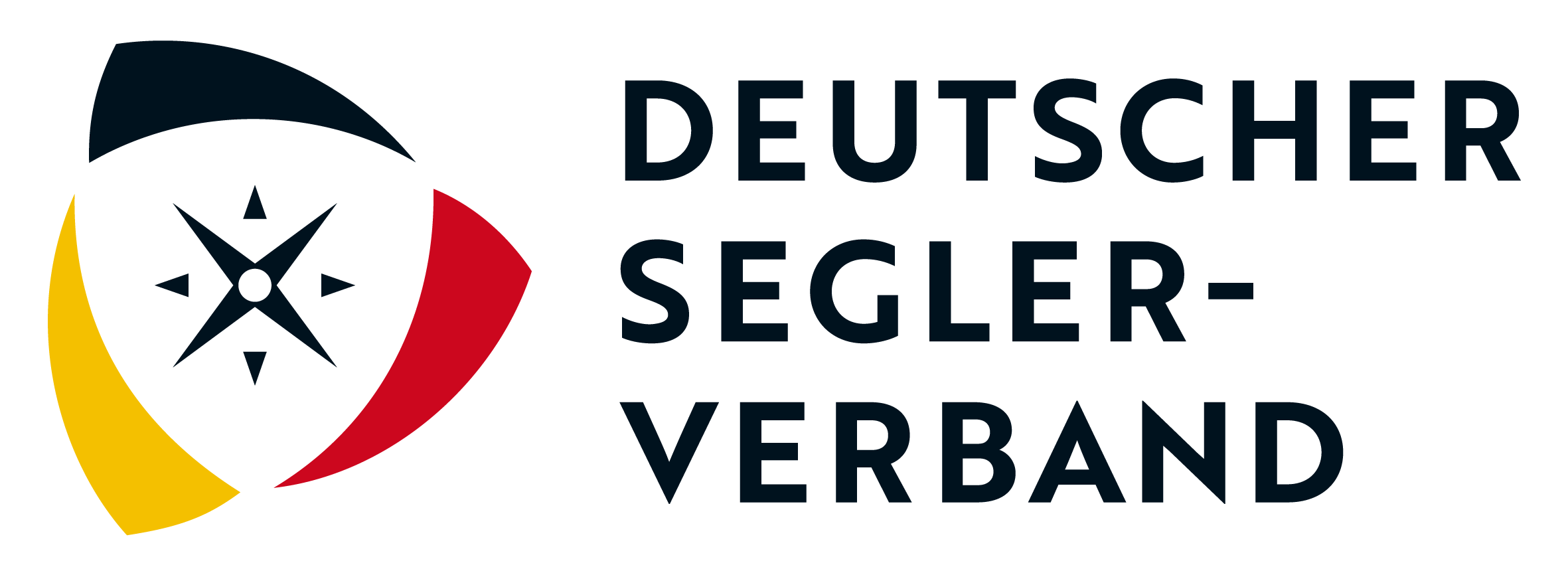EMG analysis of muscle load during simulation of characteristic postures in dinghy sailing
(EMG-Analyse der Muskelbelastung bei der Simulation typischer Haltungen im Dinghy-Segeln)
Aim:
The aim of this work was to establish the characteristic values of the particular electromyographic (EMG) indicators in the simulation of hiking in the laser-standard class in dinghy sailing.
Methods:
Seven top-level competitors participated in the study (age: 21.1±2.5 years; height: 184.1±5.7 cm; weight: 78.4±3.7 kp). The 4 muscle groups analyzed were those which, according to expertise are exposed to the most strain during training and competition in all classes of dinghy sailing, as well as in the Olympic laser standard class (extensors of the lower leg, abdominal, lumbar and tibial muscles). A portable surface EMG apparatus was used for the recording of EMG signals. Digitized EMG data were full-wave rectified and smoothed. Their mean values during characteristic hiking positions (sitting - S, upright hiking - UH, leaning backwards hiking - LBH) were compared by means of repeated ANOVA measures.
Results:
ANOVA showed significant differences for the absolute EMG signal between analyzed positions for quadriceps muscles (UH vs S, p<=0.001; LBH vs UH, p<=0.01), abdominal m (UH vs S, p<=0.001; LBH vs UH, p<=0.001), tibial m (UH vs S, p<=0.01; LBH vs UH, p<=0.05) and lumbar m (LBH vs UH, p<=0.01). According to results, the muscles most loaded are the quadriceps muscle of the thigh, followed by the abdominal muscles.
Conclusion:
The findings of this study allow for a better biomechanical understanding of the character of the load distribution in body musculature in positions characteristic of the laser-standard class sailing, and these insights might be applicable to other classes of dinghy sailing.
© Copyright 2006 The Journal of Sports Medicine and Physical Fitness. Edizioni Minerva Medica. Alle Rechte vorbehalten.
| Schlagworte: | Segeln Haltung Biomechanik EMG Muskel Muskelphysiologie Sportphysiologie |
|---|---|
| Notationen: | technische Sportarten Biowissenschaften und Sportmedizin |
| Veröffentlicht in: | The Journal of Sports Medicine and Physical Fitness |
| Veröffentlicht: |
2006
|
| Jahrgang: | 46 |
| Heft: | 1 |
| Seiten: | 20-27 |
| Dokumentenarten: | Artikel |
| Sprache: | Englisch |
| Level: | hoch |
